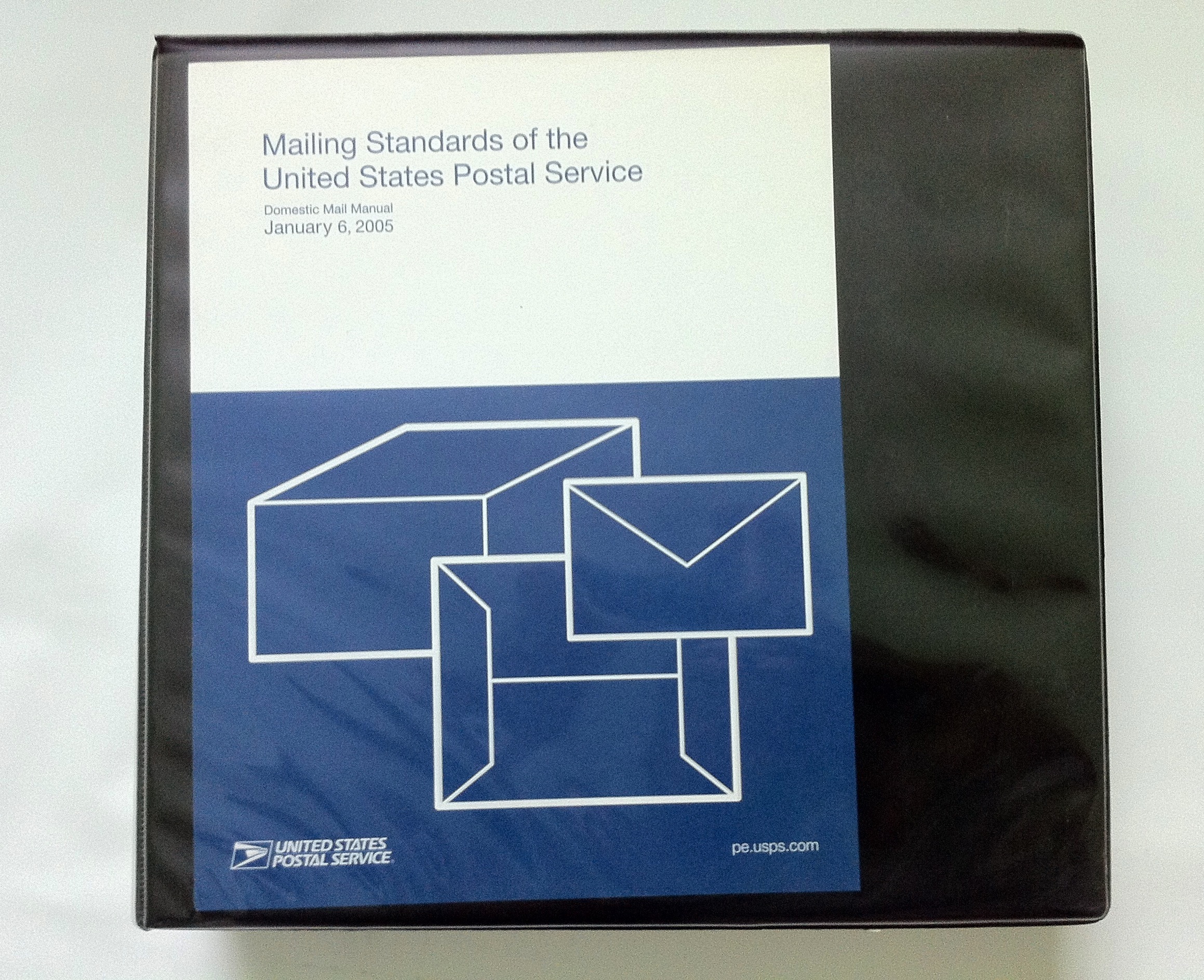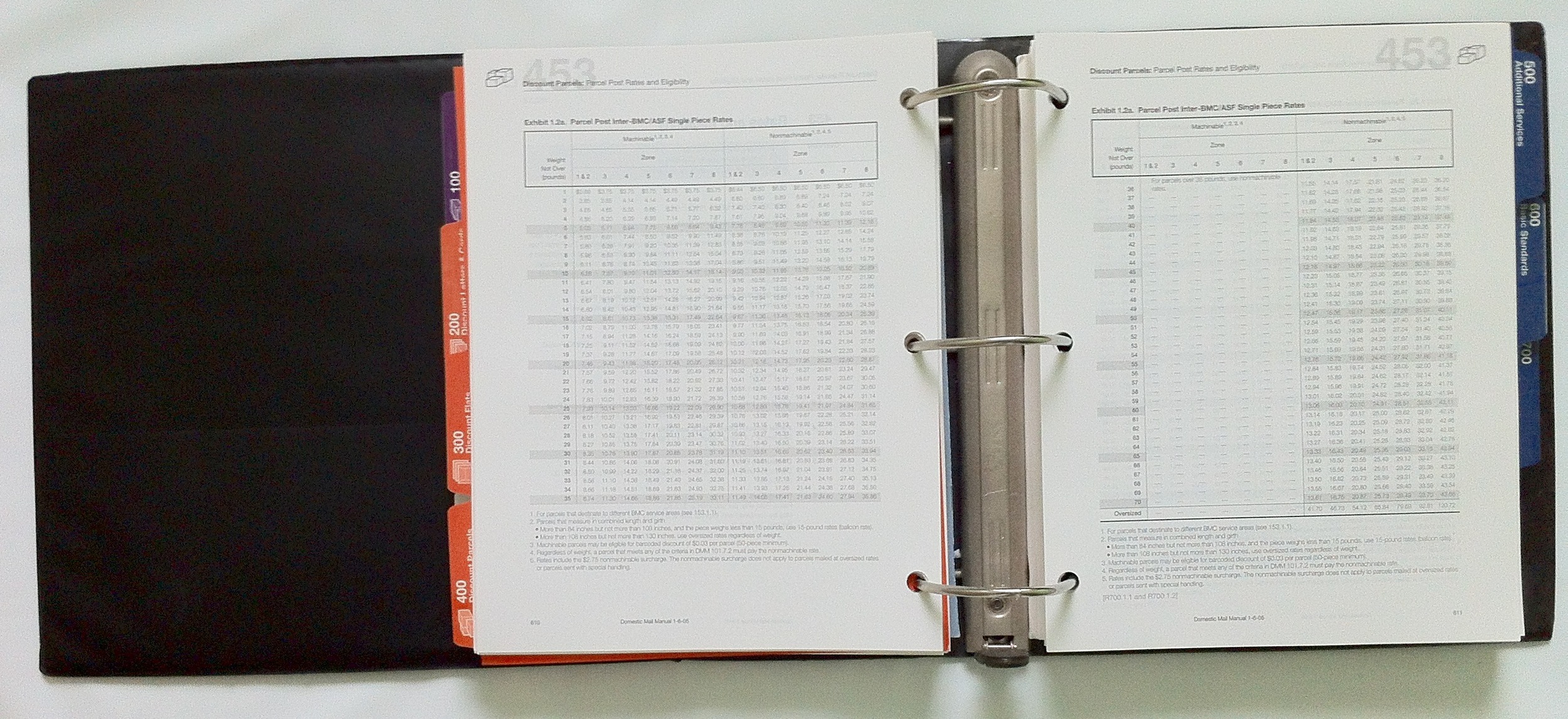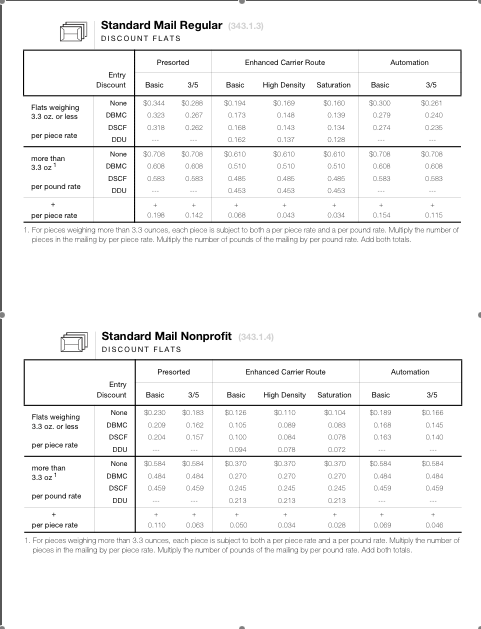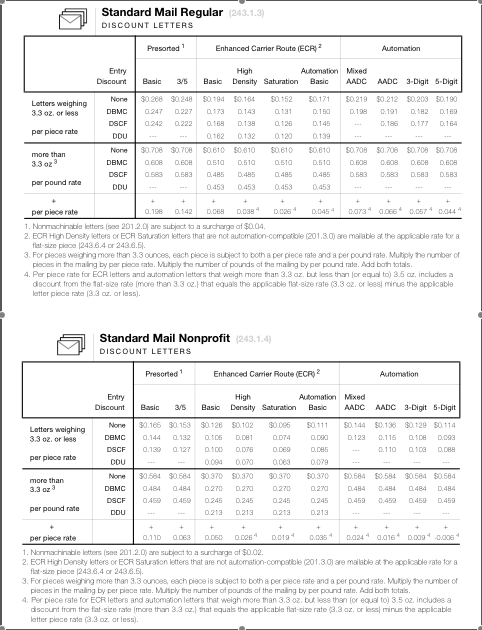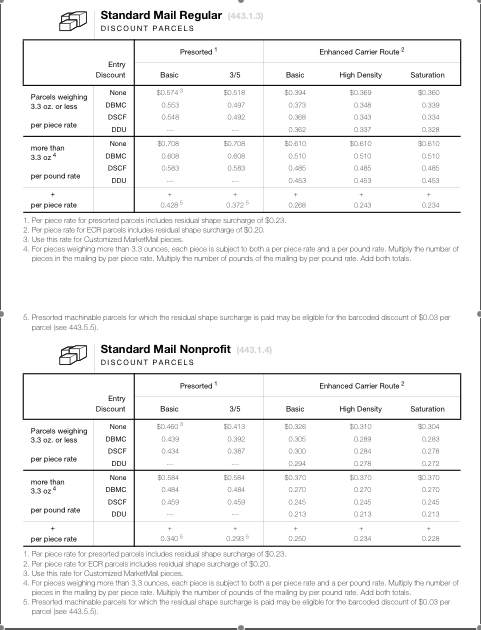The Problem
The goal of USPS project was to create a new system of user-centered documents that contain the mailing standards for the US Postal Service, an agency that employs over 700,000 people. I worked on the redesign of the Domestic Mail Manual, a 1,000 page book that serves as the chief operations manual for the USPS. It was list of rules, regulations and dense, text-based information organized to minimized the number of pages of the document.
Learning the rules and regulations of the DMM was required for postal employees to perform their jobs serving the public and to become eligible for promotion. From earlier interviews with people responsible for teaching the DMM, we heard stories about postal employees becoming so frustrated they would breakdown and not be able to finish the class due to the complexity of the document.
The Solution
The project team proposed restructuring the information using the process of mailing as the organizing principle using clear language, diagrams and images, making the document more accessible for postal employees, professional mailers, and lawyers inside and outside of the USPS.
We performed field research to understand the process of mailing and test our proposed information architecture and page layouts. In usability tests, mailers said they find the new structure to be intuitive and they could easily find what they were looking for. The New DDM was published in 2005 and has been recognized with six awards, including an “Award of Excellence” in the Society for Technical Communication’s prestigious International Technical Publications Competition.
The Original Domestic Mail Manual
It contains all the rules and regulations than apply to any mail piece delivered in the United States. In its original form, the Domestic Mail Manual was organized primarily by mailing topics and then by mail piece shape and class.
User Research
As part of the process for designing the book, I, with other members of the USPS project team, interviewed local businesses to learning about their mailing practices. I was also assigned to work on a 3-person team to take the transcripts of these user interviews and analyze them for any interesting findings. Among the deliverable we choose to create were diagrams that traced the steps to produce and mailing and the network of 3rd party venders that support the mailing process.
Steps to Produce a Mailing
Vendor Network Diagrams
As a result of our research, the DMM was restructured to follow the process of mailing: from determining the rate applied to a mailing, sorting a mailing to receive discounts, design of the mail piece and depositing a mailing at the Post Office.
The Rate Tables
After analyzing the user interviews my team was then tasked to redesign the postal rate tables. We needed to restructure the tables by shape instead of by class. We began by representing the information structure of the rate tables, (for eight different classes of mail) by looking at the the attributes that would affect the cost. The diagram below can function as a decision tree showing the options available to the mailer.


